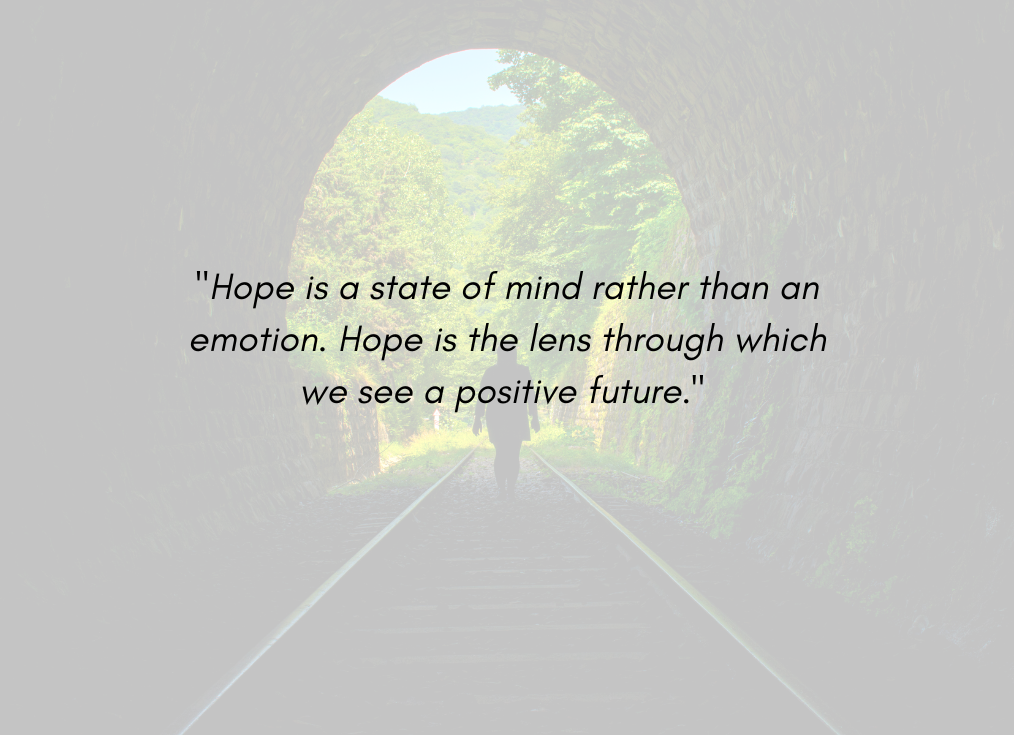Hatikvah

June 24, 2022
In the battle between hope and despair, hope will always prevail.
Did you know that Israel’s national anthem, “Hatikvah” (“the hope”) had every reason to not be the anthem it is today?
“Hatikvah” began its journey as a short poem, titled “Tikvateinu” (“our hope”) authored by 19th-century Hebrew poet, Naftali Hertz Imber. However, Imber’s choice of lifestyle as a “vagabond and drunkard” led Theodore Herzl to pursue numerous unsuccessful attempts to secure an alternate option for Israel’s national anthem.
Even Rabbi Abraham Isaac Kook and Hayim Nahman Bialik, religious and social Zionists respectively, tried their hands at writing new anthems, with Kook composing “Ha-emunah” (“the faith”) and Bialik “Birkat Ha-am” (“the peoples’ blessing”), Hatikvah’s message of “hope” could not be upended.
In fact, after the birth of the modern State of Israel in 1948, the new government still refused to recognize “Hatikvah” as the country’s official anthem. It wasn’t until 2004 that Hatikvah finally received its official designation as Israel’s National Anthem.*
Indeed, in this week’s Torah portion, Shelach, we read of Gd’s instruction to Moses “to send” (“shelach”) a scouting team into the land of Canaan to “see what kind of country it is” (Numbers 13:18).
“Are the people who dwell in [the land] strong or weak, few or many? Is the country in which they dwell good or bad? Are the towns in which they live open or fortified? Is the soil rich or poor? Is it wooded or not?” (13:18-20)
But what is truly fascinating in this week’s Torah portion is Moses’ concluding words to the above questions, “And take great pains to bring back some of the fruit of the land.” (13:20)
What we know from these scouts’ visit is that they did return with the famous description of the land “flowing with milk and honey” (13:27). However, the group also came back with descriptions of impossible odds to settle in the land because of the size and strength of the inhabitants and their fortified cities.
Unfortunately, the negative descriptions outweighed the positive, which caused great fear and despair to travel quickly through the encampments. Once the people lost their hope in fulfilling their destiny to enter their Promised Land, Moses knew this phase of the journey was over. With no hope for moving forward, even the idea of going back to slavery in Egypt seemed more believable to the people.
Unfortunately, Moses’ directions to the scouts to “take great pains” to come back with fruitful descriptions were not enough. Without hope, these people would be destined to wander the desert until an entirely new generation had been born who would grow up with a greater hope to seek the “milk and honey” over the fear of giants and towering walls.
Hope is a state of mind rather than an emotion. Hope is the lens through which we see a positive future. Much of today’s mental health crisis is a result of our struggle to imagine a bright and prosperous future. The pessimism, partisanship, lack of trust, and negative news, along with a never-ending stream of social media portraying snapshots of everyone else’s “perfect lives” is squeezing out our ability to cling to our own personal Tikvah (hope).
This week let us all take a moment to ground ourselves in our own hope, and then let us all help a friend, a colleague, or a loved one find their hope too. The way to transform a dark room is to light even the smallest flame. May we all share our sparks with those who so desperately need it at this time, because we are…
STRONGER TOGETHER.
Shabbat shalom,
*Read more on Hatikvah’s historic journey at https://www.myjewishlearning.com/article/hatikvah/

